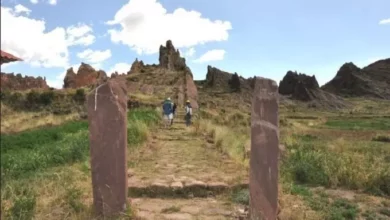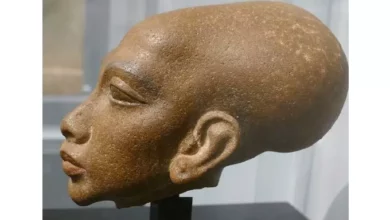The treasure of the Incas
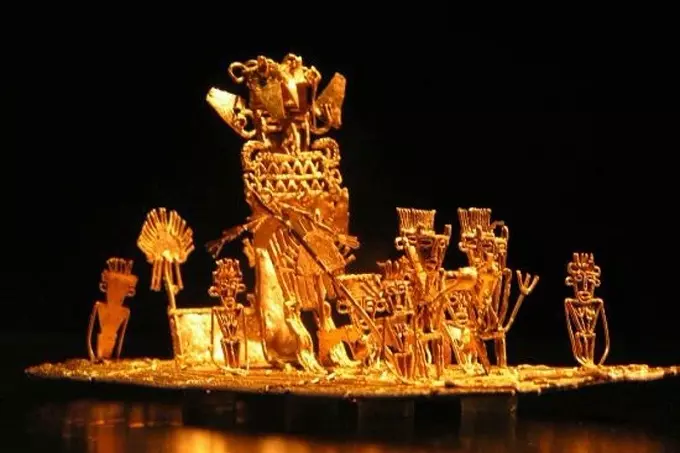
One of the greatest undiscovered treasures in the world is believed to be the missing gold of the Incas… There has never been a definitive answer to the question of how the Incas managed to misplace such a significant percentage of their riches.
The Inca valued gold and silver highly and used both metals in the construction of decorations and the adornment of their temples, palaces, and even their own personal jewels.
Creepy history
Many tragedies marked the era of the American conquest. All the adventurers of the Old World streamed onto the newly discovered continent, smelling the easy prey. Looting, murder, violence – the first pages of South and North American history were written in blood. Rumors of the untold wealth of the American Indians excited the conquerors.
One of the most “profitable” territories for robbery was ancient Peru. Gold with the Peruvian Incas was considered the sacred metal of the sun god. It was used for sacrifices and was used to make jewelry, figurines, Incan thrones, and household items. Gold was plentiful in Peru, and it never became a reason for murder until the conquistadors learned of it.
In 1502, the ship of the adventurer and conqueror Francisco Pizarro reached the shores of South America.
Shortly before that, the Inca empire was divided. The great Inca Huayna Capac had divided the empire into two parts before his death. He gave the southern half to his legitimate son Huascar and the northern half to his illegitimate son Atahualpa. The brothers felt the division was unfair and began feuding with each other. And it was during this difficult time that Pizarro arrived in America.
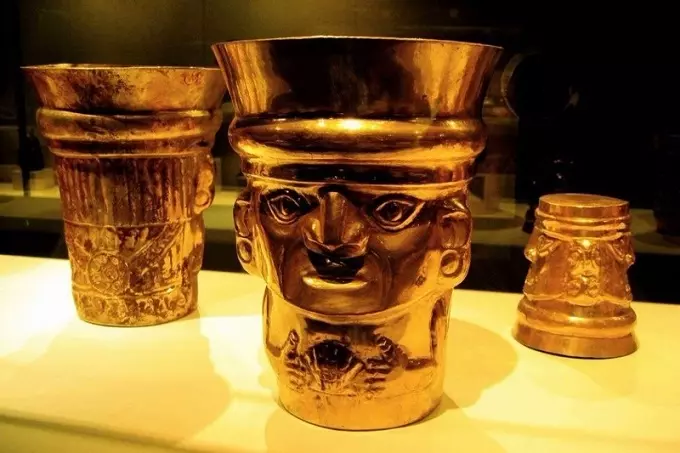
The American Indians had long had a legend that the once all-powerful white gods had left their land and promised to return one day. The gullible Incas mistook Pizarro and his band for returning great gods.
Huascar and Atahualpa took the gods’ arrival at their own expense – it was no different that they had returned to help them in their struggle. Each hoped that the almighty whites would take his side and defeat the enemy.
To prison on a stretcher
The insidious Pizarro once invited Atahualpa to a feast. The stoic Inca arrived in a golden stretcher and unarmed – how the Indians showed their good intentions. But the conquistadors were by no means in the same peaceful mood. The Spaniards captured Atahualpa and killed his cronies.
So the Inca found themselves a prisoner. True, he still retained some privileges – his wives were brought to him, he was fed with gold and silver trays, and he was allowed to wear fine clothes.
But Atahualpa was anxious to be free. One day he promised Pizarro so much gold for his release that it would fill an entire hall, and the Spaniard immediately agreed.
All over the Inca empire, gold and silver jewelry was collected. For days the porters dragged huge piles of treasure to Pizarro’s chambers, bending under their weight.
Inca kept his promise, but the conquistador retaliated by killing him
The Spaniards, now in possession of vast riches, took to the taste and set out to conquer the entire empire. Here is how an eyewitness describes these campaigns: “Now I will tell you what we saw when we entered Cuzco. We contemplated in amazement the vessels of wood, gold, and silver, though the best of them had been carried off by the Indians.
Among other things, we found a gold ornament, and the Indians told us, not without bitterness, that it was the image of the founder of the Inca dynasty. We also found golden crabs and vessels painted with ornaments of birds, snakes, spiders, lizards, and various insects.
These jewels were found in a cave on the outskirts of Cusco. An Indian told us that in a cave near Villaconga were hidden many gold plates which Huascar had minted to adorn his palace.
The city of Gold
The Spaniards were stunned by the splendor of the main city of the Inca empire. The building of the temple of the sun simply sparkled with the gold with which it was inlaid. The statues of the gods were made of precious metals, which made the greedy conquistadors’ eyes glaze over.
And next to the temple was an unheard-of wonder – the Golden Garden of Cuzco. This is how the Spaniards described it:
“In this garden were planted the most beautiful trees and the most wonderful flowers and fragrant herbs that ever grew in this kingdom. Many of them were cast in gold and silver, with each plant depicted not once, but from a small, barely visible shoot above the ground to a whole bush in its full height and perfect maturity. There we saw fields dotted with corn. Its stalks were of silver, and its cobs of gold, and it was all portrayed so truthfully that one could see the leaves, the grains, and even the hairs on them.”
In addition to these wonders, the Inca garden contained all kinds of animals and beasts cast in gold and silver, such as rabbits, mice, snakes, lizards, butterflies, and wild cats. We found birds there too, and they were sitting on the trees as if they were about to sing, while others were swaying on the flowers and drinking the flower nectar. And there were golden roe deer and deer, cougars and jaguars, all animals both young and mature, and each took its proper place, as befits nature.
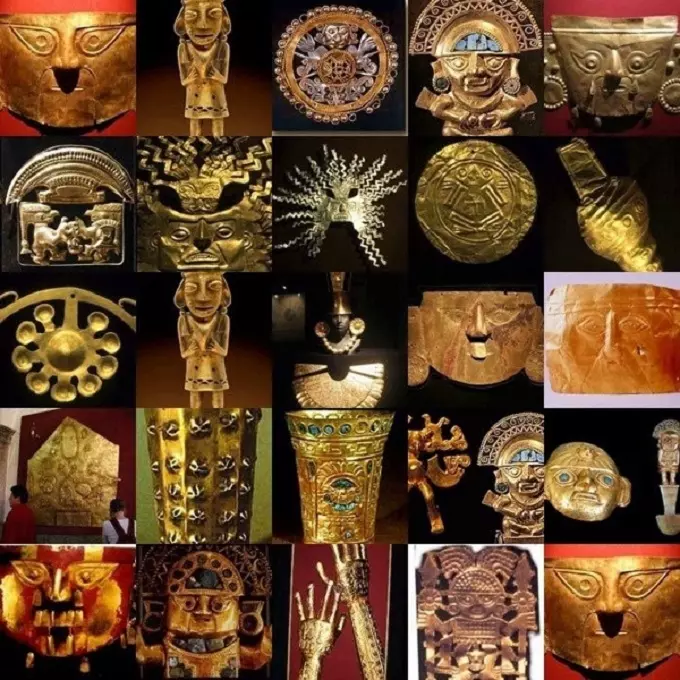
In the main square of the city, the astounded conquistadors saw a huge chain of pure gold. It was about 250 meters long. It framed the square, and the Indians danced, holding it in their hands during the festivities.
Missing treasures
The gold looted by the Spaniards, including unique Inca artwork, was melted down into gold bars and shipped to Europe.
But that was not all of the treasures of the great Inca empire. The Incas hid most of their valuables. Legend has it that the Inca Manco II once met a Spanish ambassador and poured many corn kernels on the table in front of him. Then Manco took one of the kernels in his hands and said: “This is all you could steal from the Inca gold.” Then he pointed to the rest and said: “And this is the gold we have left.”
All searches for this gold were unsuccessful, although various mentions of it appeared from time to time. In the seventeenth century, a man named Valverde wrote a report to the King of Spain. In it he describes how, while in Peru, he married the daughter of an Indian chief who took him to a cache containing large piles of gold. He took only as much gold as he could carry, and left for Spain with it.
Many adventurers unsuccessfully sought this hiding place but never found
And finally, a little historical curiosity. Francisco Pizarro, who robbed the Inca Empire, founded the city of Lima, the capital of Peru. And it is in this city that the largest gold museum in the world is now located.
Those works of art that survived the conquest of the Americas amaze many tourists. But this is only a small part of the treasures of the Indians. Somewhere in South America, in well-hidden hiding places, are stored gold pieces, the value of which is even difficult to imagine…


